Table Of Contents
The Video Game Controller History
The video game industry has always pushed boundaries through innovation and creativity.
As consoles evolved, controller tech transformed how players experienced games.
In the early days, a controller was a basic gear—mostly joysticks with minimal features.
However, they laid the groundwork for the sophisticated devices we use today.
Modern controllers now deliver precision, comfort, and immersive features.
Each generation has added functionality that has reshaped the gaming experience.
As the gaming world progressed, controller designs improved dramatically.
Notably, PlayStation and Xbox controllers have seen massive changes.
Moreover, motion and wireless controls revolutionized gameplay.
Devices like the DualSense and Xbox 360 controller reflect that evolution.
Early Days: Basic but Functional
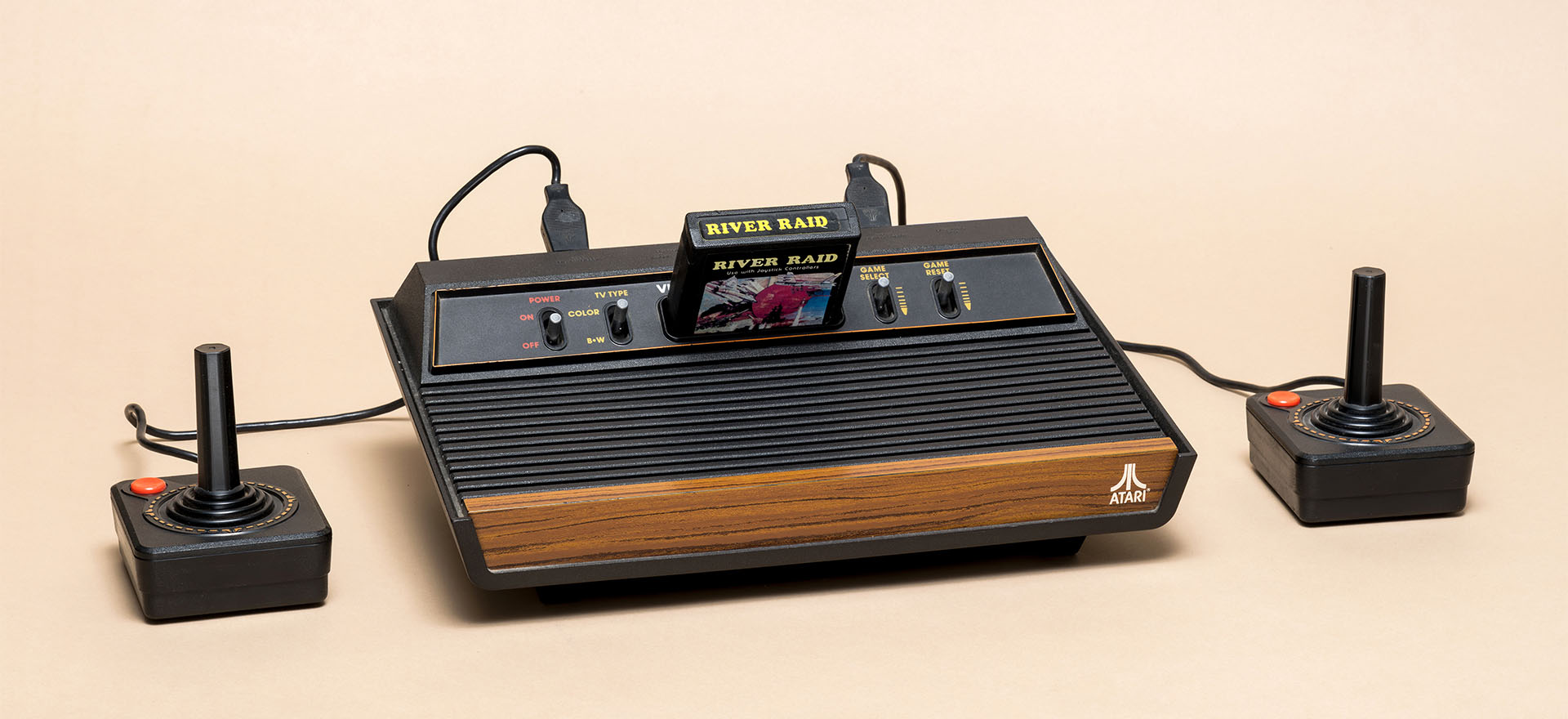 \
\
In the 1970s, external controllers first emerged for home consoles.
They helped define early interaction methods and gameplay mechanics.
At the time, designs were simple and focused on function.
Still, they allowed players to move within digital worlds.
While innovation was limited, these devices started it all.
Pioneers like Nintendo, Atari, and Sega led the charge.
1972 – Atari Pong Paddle
This controller featured a rotating dial and one button.
Though basic, it suited Pong’s minimal mechanics perfectly.
More importantly, it introduced active user control.
And it set the standard for future designs.
By enhancing precision, it redefined input expectations.
It also demonstrated the power of simplicity.
1977 – Atari 2600 Joystick
With a single stick and one button, it became iconic.
Games like Asteroids and Space Invaders benefited greatly.
Adopted widely across the industry, it offered tactile feedback.
Players appreciated the control it brought to fast gameplay.
This joystick shaped arcade-style gaming at home.
It’s still a symbol of early video game history.
Controllers in this era were minimal yet effective.
They opened gaming to a broader audience.
Without question, the joystick marked a major innovation.
It significantly influenced future input design.
The Rise of Multi-Button Pads
As games grew more complex, so did their controllers.
By the 1980s and 1990s, gamepads became increasingly advanced.
Developers began adding more buttons and directional inputs.
D-pads and shoulder buttons enhanced gameplay and options.
Meanwhile, companies like Nintendo and Sega led innovation.
Their systems helped push controller development forward.
1983 – NES Gamepad
The rectangular pad introduced a D-pad and two main buttons.
This improved platformer gameplay, especially in titles like Super Mario Bros.
Its simple, ergonomic layout became a model for others.
Moreover, it made Nintendo a leader in controller design.
The NES and Famicom versions shaped future ergonomics.
They popularized a comfortable, efficient input layout.
1990 – SNES Controller
The addition of shoulder buttons increased complexity and control.
Games like Street Fighter II thrived with these enhancements.
The SNES pad set new standards for controller innovation.
It allowed developers to build more immersive gameplay mechanics.
Nintendo’s design influenced future consoles and manufacturers.
And it helped define the controller as a gameplay tool.
The Analog Controller Revolution
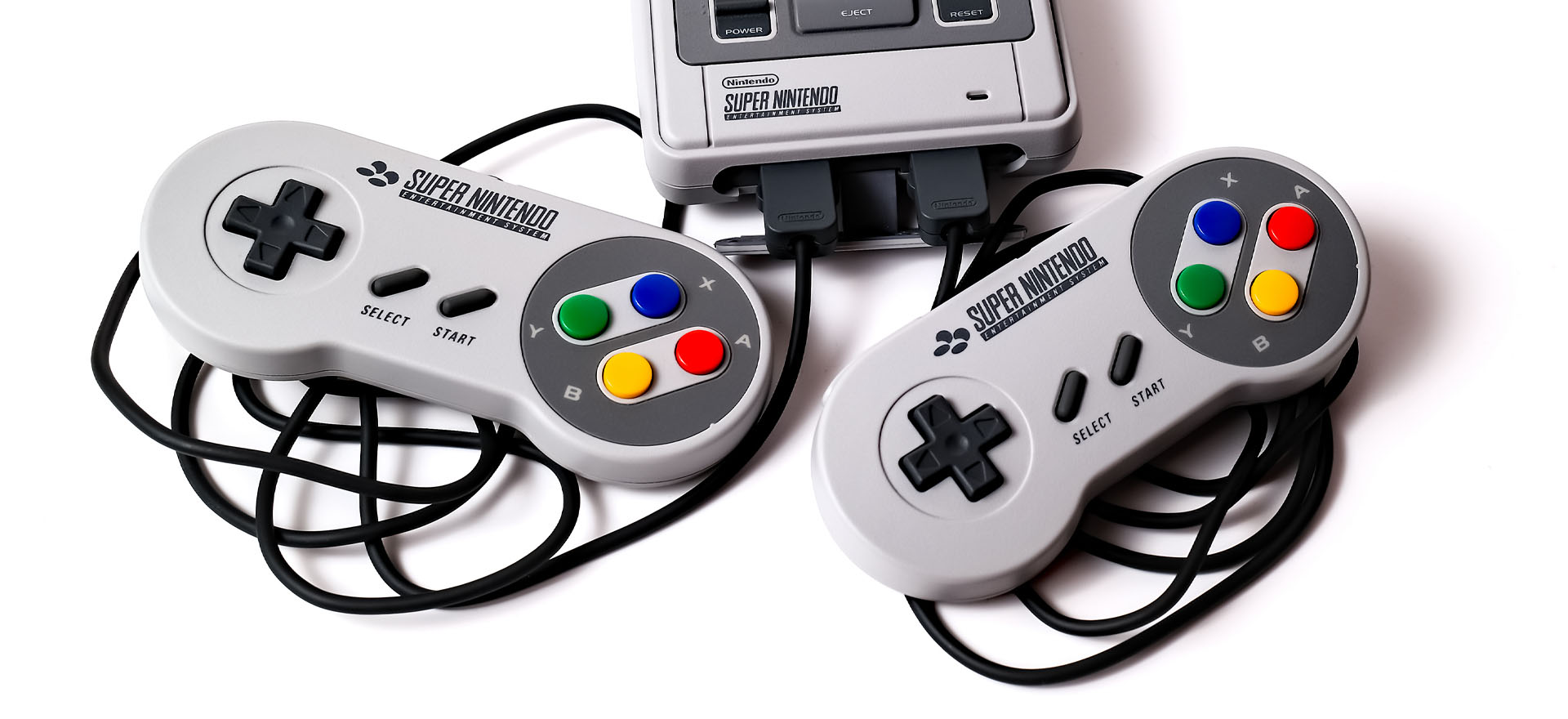
By the mid-1990s, analog sticks brought a major shift.
They allowed fluid movement in 3D game environments.
As 2D transitioned to 3D, advanced input was crucial.
Comfort, durability, and accuracy all saw major improvements.
Controllers like the DualShock and Nintendo 64 became iconic.
They marked the start of modern controller architecture.
1997 – Nintendo 64 Controller
Its central analog stick enabled precise, 360-degree control.
Zelda: Ocarina of Time showcased its full potential.
The layout was unconventional but groundbreaking.
It influenced controller concepts for years to come.
1998 – Sony DualShock Controller
Dual analog sticks and rumble feedback set new expectations.
Sony’s improvements gave the PlayStation a huge advantage.
This made gameplay feel more realistic and responsive.
Almost all future controllers adopted similar features.
Force feedback enhanced racing and action games dramatically.
It also helped Sony dominate the market.
Wireless and Custom Controller Options
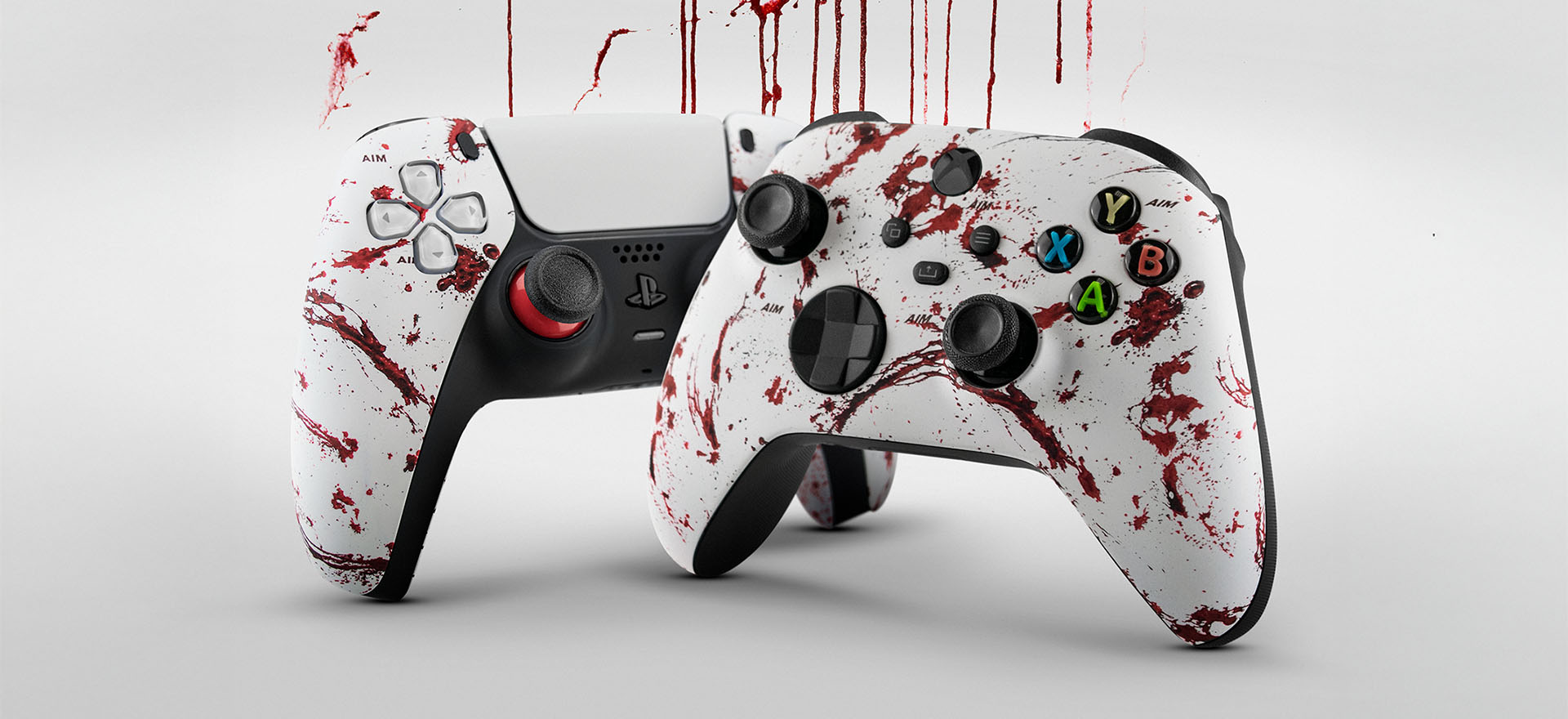
Entering the 2000s, wireless controllers became the norm.
Players finally gained full freedom of movement.
At the same time, customization became a growing trend.
From casual gamers to esports pros, everyone wanted control.
Comfort and personal style mattered more than ever.
And PC gamers began favoring controller input too.
2005 – Xbox 360 Wireless Controller
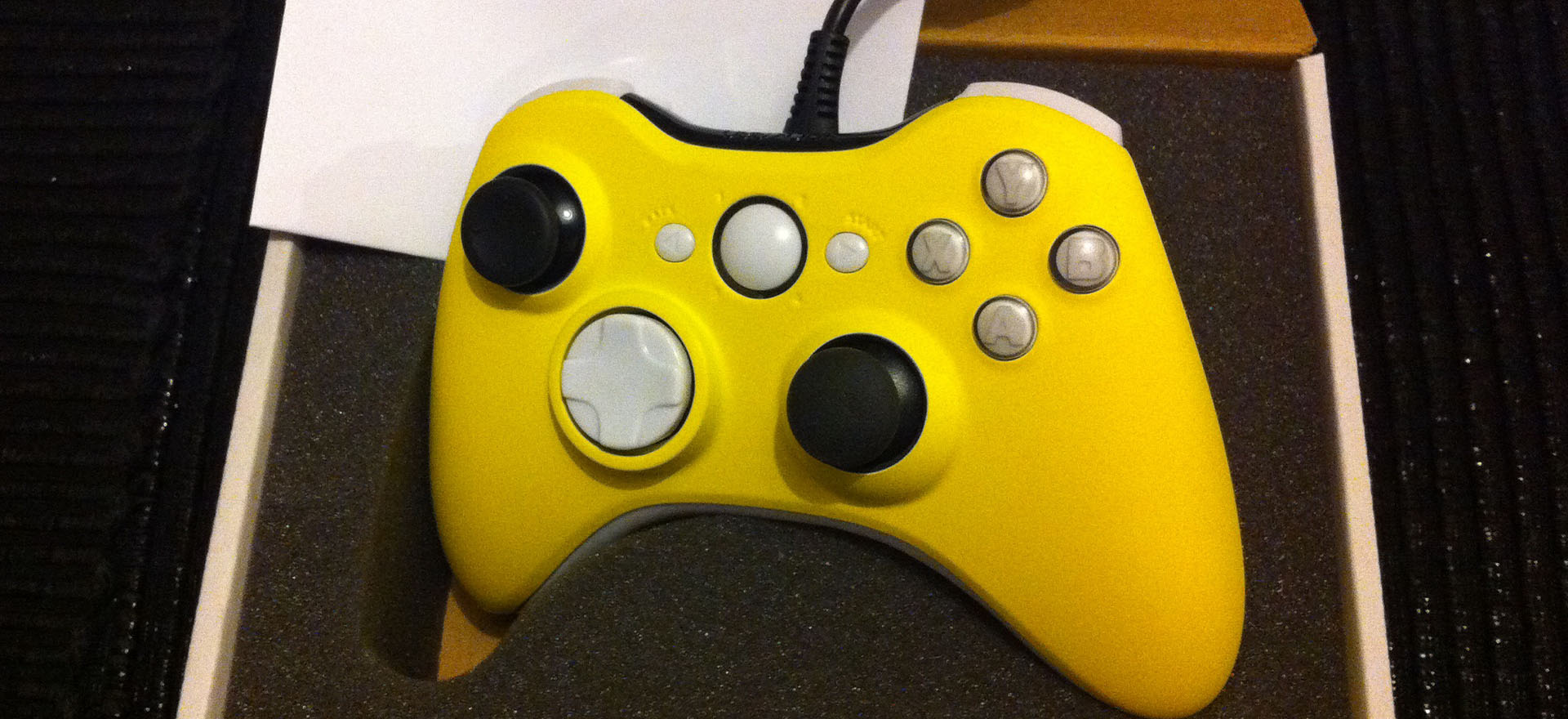
This controller became a benchmark for modern design.
Ergonomic, reliable, and great for shooters like Halo.
It also improved compatibility with PC systems.
Moreover, it was often bundled with the console itself.
Its influence led to new controller standards.
Microsoft later introduced the Adaptive Controller for inclusivity.
By combining the best of past designs,
The Xbox 360 controller remains a top-rated favorite.
2013 – PlayStation DualShock 4 Controller

Sony added a touchpad, built-in speaker, and refined shape.
It offered more control without changing too much.
Fans appreciated the enhanced comfort and versatility.
Modding and accessories made customization easier than ever.
Players could tweak buttons, colors, and trigger sensitivity.
This era embraced fully personalized gameplay setups.
Modern Controller – Precision and Technology
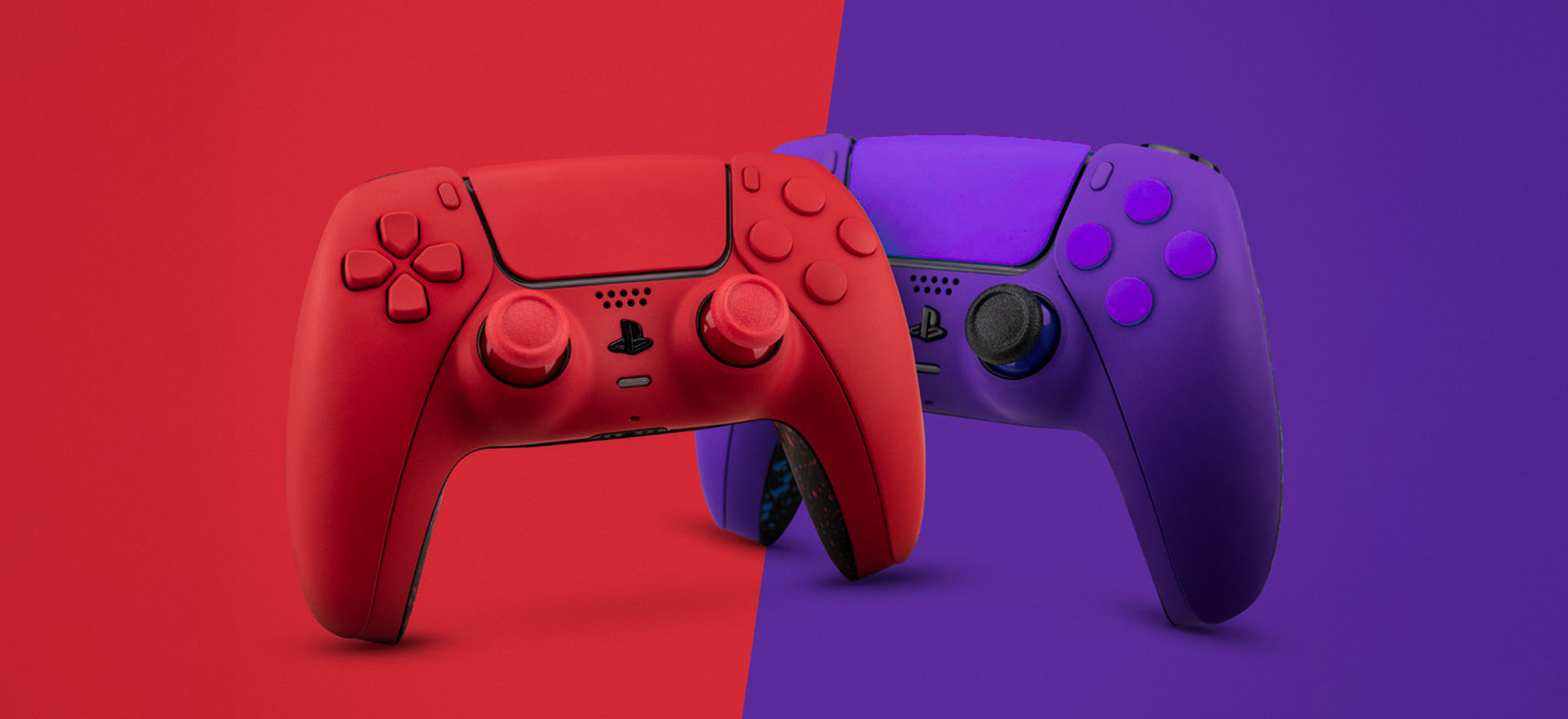
Today’s gamepads blend advanced tech with premium comfort.
They meet the needs of every kind of gamer.
The DualSense controller introduced adaptive triggers.
These simulate real-world tension during gameplay.
It ships with the PS5 console.
Thus, every player feels the innovation instantly.
Hall Effect Sensors
They eliminate mechanical wear for lasting accuracy.
Now, many pro controllers include this upgrade.
Custom Controllers
Sites like AimControllers let players build their dream pads.
Adjust triggers, remap buttons, and design your look.
The Future of Controllers
Technology keeps advancing, and controllers follow suit.
We can expect even more exciting changes ahead.
AR and VR Integration
Future devices will enhance virtual and augmented reality.
Meta’s Touch Controllers already lead that charge.
Biometric Feedback
Next-gen pads may track heart rate or stress.
These inputs could shape gameplay reactions in real time.
Conclusion
From analog sticks to adaptive feedback, evolution continues.
Game controllers now define the gaming experience itself.
Companies like Sony, Nintendo, Sega, and Xbox drove this progress.
Every generation brought smarter, more responsive devices.
Whether you’re an old-school Atari fan or love the PS5,
Each controller tells a chapter in gaming’s story.
Today, they’re more than accessories—they’re essential tools.
And tomorrow’s controllers? Only imagination sets the limit.








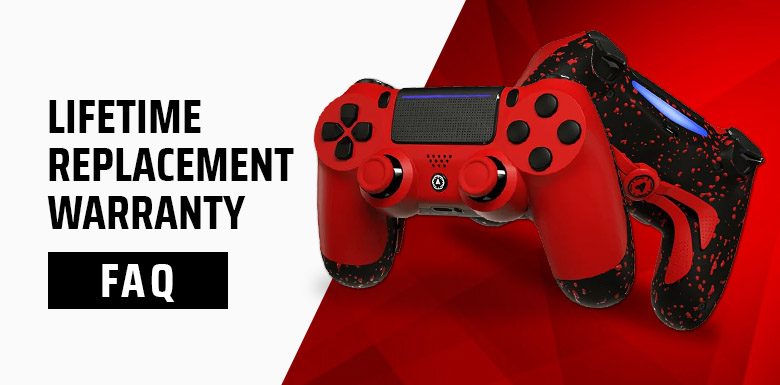








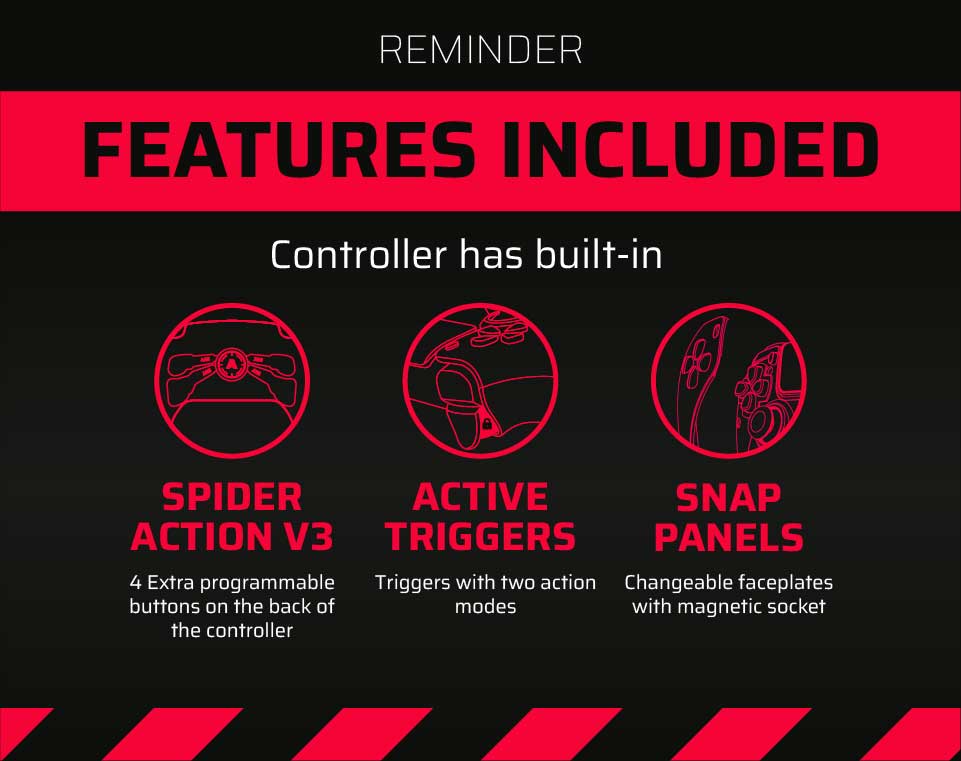
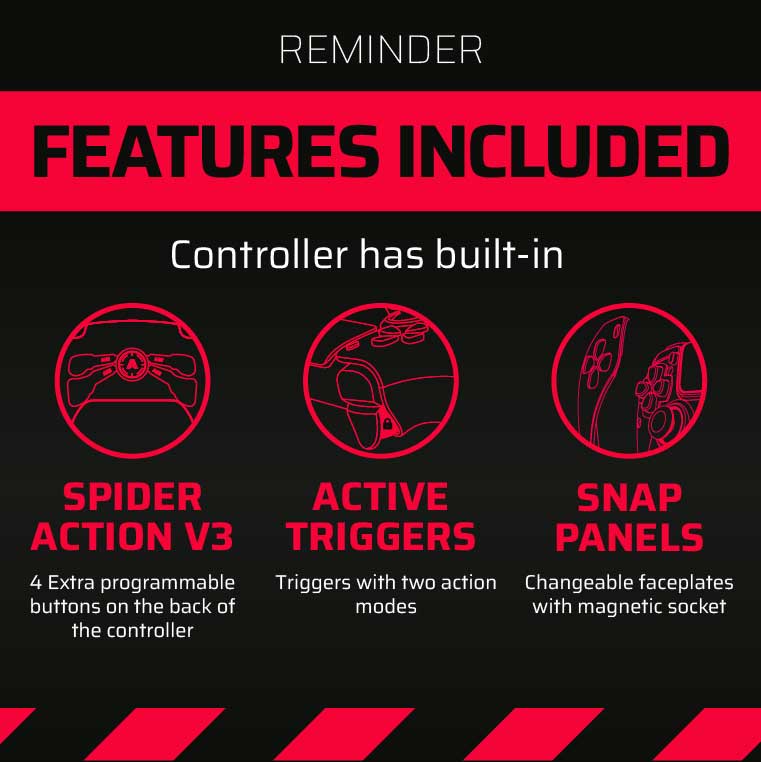
Latest news
Master Controller Settings for FPS Games
Master Optimising AimController for Competitive FPS Games — Controller Settings for FPS Games Ranked FPS [...]
Nov
Is a Custom Controller Build Wroth it for Racing and Fighting Games
Customizing Controller for Racing & Fighting Games: Wireless Custom Controller Build, Design, and Style Racing [...]
Nov
Are Customizable Controllers Worth Its Price?
Customizable Controllers: The Future of PC Gaming A controller is one of the most essential [...]
Oct
Top Controller Settings for Battlefield 6
The Best Controller Settings for Battlefield 6 Battlefield 6 arrives in 2025 to redefine first-person [...]
Oct
Top Gaming Trends of 2026
Key Gaming Trends in the Industry of 2026 The gaming industry in 2026 faces constant, [...]
Aug
How To Use a PS5 Controller on PC?
How to Use the PS5 Controller on PC: A Complete Guide to Connect and Use [...]
Aug
Mortal Kombat Series – Legendary Fighting Game
Mortal Kombat Series Keeps Evolving Mortal Kombat series isn’t just a video game — it’s [...]
Jul
Top Benefits of Hall Effect Sensor Tech in Gaming
Hall effect sensors transform magnetic changes into clean electrical signals. They replace mechanical parts in [...]
Jul